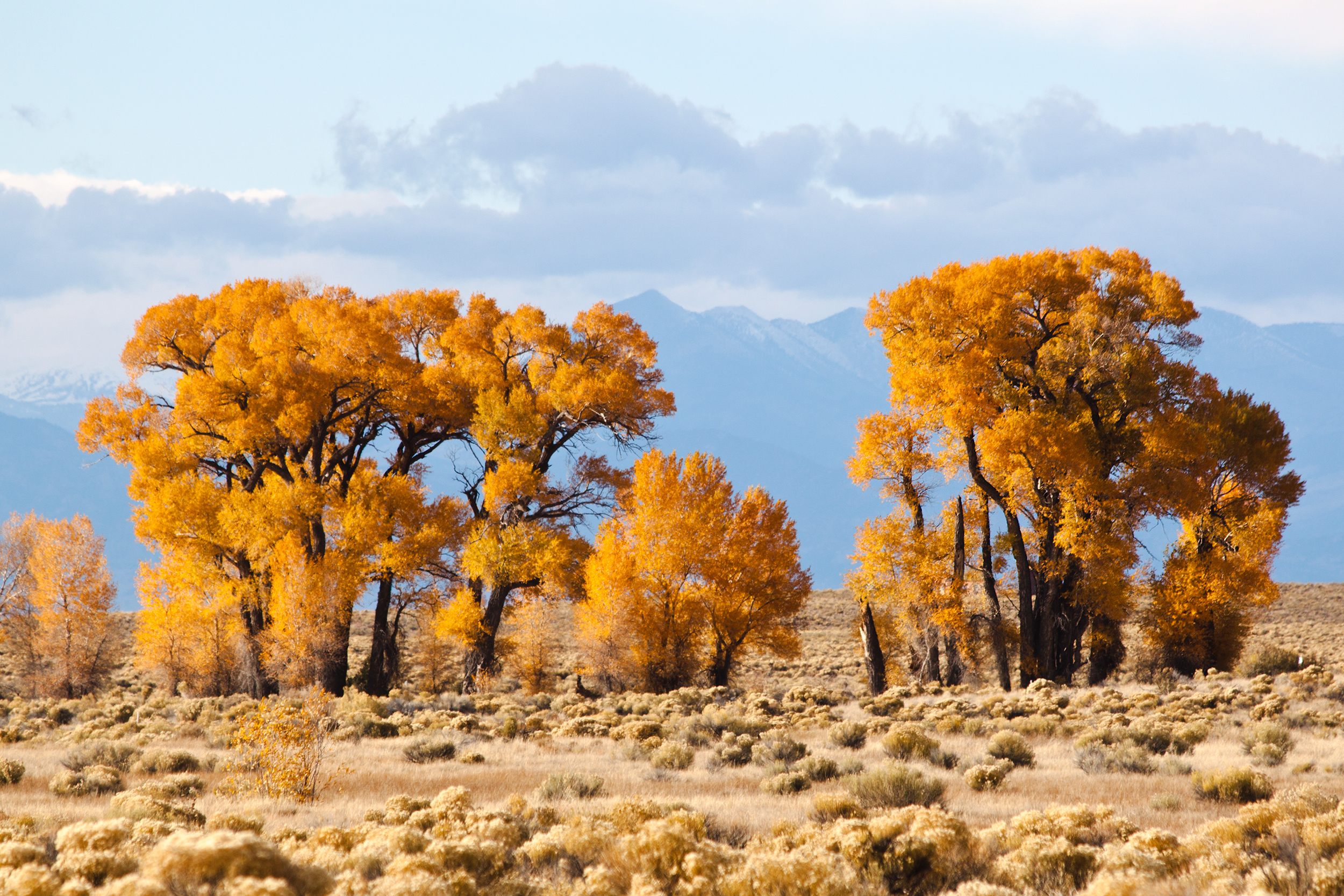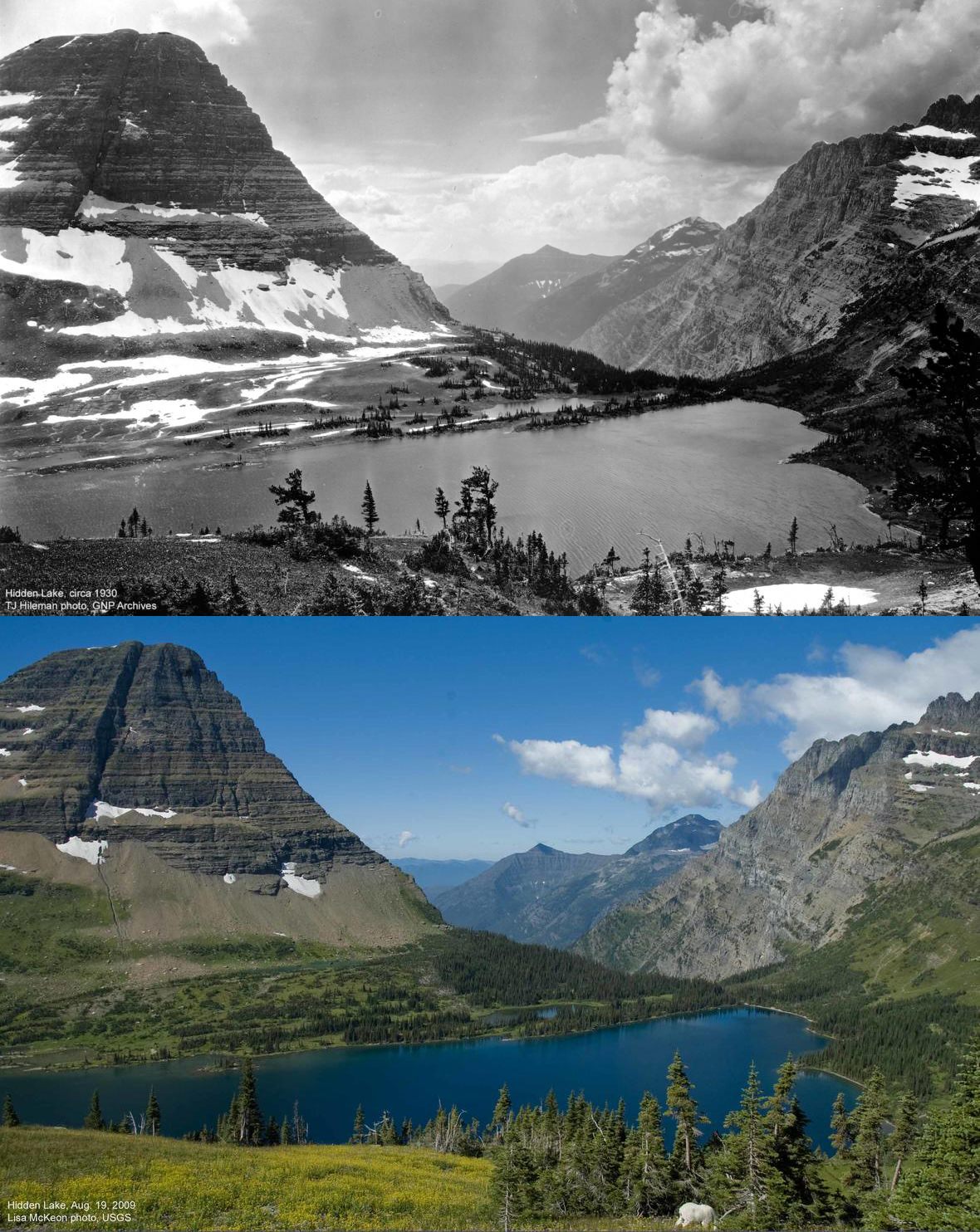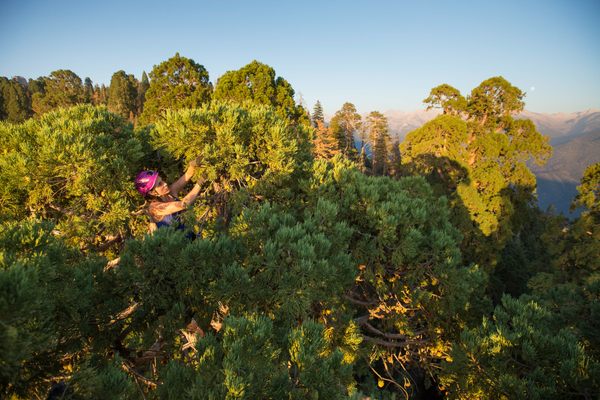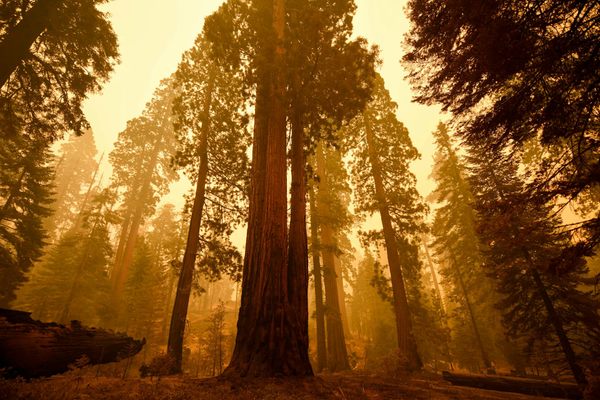For Trees to Migrate With Climate, They Need Help From Microbes
How we might help ecosystems adapt to the world we’ve created.

During the last glacial period, when much of North America was covered in vast, thick sheets of ice, most of the continent’s trees were relegated to warmer latitudes in Mexico and along the Gulf Coast. When the glaciers slowly began to retreat about 18,000 years ago, the land opened up to occupation—from humans, who migrated in from the north, and the trees, which followed more temperate climes from the south.
Individual trees may be rooted to one spot, but populations of trees shift or migrate over time. Seeds are dispersed by wind, water, or animals, and saplings survive anywhere the soil, light, and moisture conditions are right. As those conditions change, new trees occupy new places, a process that takes place over many generations. It can take hundreds or thousands of years for a tree species’ range to shift across a continent. But climate is changing today faster than it did at the end of the last ice age, and trees are once again on the move—northward and uphill.
The changes can clearly be seen in historical and modern photographs of some mountains—tree lines are clearly hiking upslope, and this might seem like a clear and predictable change. But trees are part of complex ecosystems built on soil’s mixture of nutrients, chemistry, and microbes. There are, in fact, countless factors beyond temperature that influence where a tree population takes root.
“One of the major questions is, can [trees] move fast enough with how quickly temperatures are rising due to human activity now,” says Michael Van Nuland, an ecologist at Stanford University. A recent report, coauthored by Van Nuland when he was a doctoral candidate at the University of Tennessee, suggests there may be unexpected underground obstacles for some trees. “Our study specifically suggests that in certain cases, the soils might help them move quicker, but in other cases it might actually slow their movement.”

One critical factor in the success of a sapling is the the soil microbiome—the community of tiny organisms in the ground (just like the human microbiome) that can help or hinder a young tree’s growth. Scientists aren’t sure precisely which microbes—there are more in a teaspoon of soil than there are people in the world—are involved. But Van Nuland and his colleagues found that they are important to the successful growth of trees, and that elevation is a significant factor in the soil microbe community and its impact. The team collected narrowleaf cottonwood trees and soil samples from around the Rocky Mountains in Colorado, and brought them back to Tennessee. They planted trees from several elevations in a variety of soils and tracked how they grew. Some soil came from the tree’s original elevation, and some from uphill. They also planted trees in sterilized soil, free of microbes.
The trees from lower elevations didn’t do so well in soil from higher elevations, despite being the same species as trees that thrive up high. “They seem to grow better really close to their parents, in soils really close to their parent trees,” says Van Nuland. “They prefer to interact with the microbes beneath their parents.” But that, he points out, is problematic because those low-elevation trees will face the most warming in coming years, and they may be squeezed between warmer temperatures and less welcoming soil.
But not all trees are doomed. “Trees near the tops of their elevation range limits, they don’t seem to need our help really at all,” Van Nuland says. The trees in the study that already live at high elevations grew just fine in soils from even higher up the mountain. Foresters and biologists, he adds, should focus on “trying to figure out how we can start coaxing the lower-elevation trees to move uphill.”

“What we could do is begin to identify which microbes or which communities are better for trees in certain locations and think about applications of those as some sort of soil probiotic, for example, to help give them the ability to persist and move into new areas,” says Van Nuland. But just like with probiotic treatment in humans, there is still a lot to learn. Soil microbiomes are impossibly diverse and complex, but Van Nuland is optimistic about the potential of the field.
“We’re discovering all this new information about the microbes that live on humans and inside humans,” he says. “That is matched by how much we’re learning about what’s going on below ground, who is there, and what sort of effect they have on plants and important tree species above ground.”
The fate of the largest organisms in a forest, it seems, depends heavily on the smallest—underground and out of sight. Understanding this relationship will be increasingly important if we want to help ecosystems adapt to the world we’ve made for them.

























Follow us on Twitter to get the latest on the world's hidden wonders.
Like us on Facebook to get the latest on the world's hidden wonders.
Follow us on Twitter Like us on Facebook